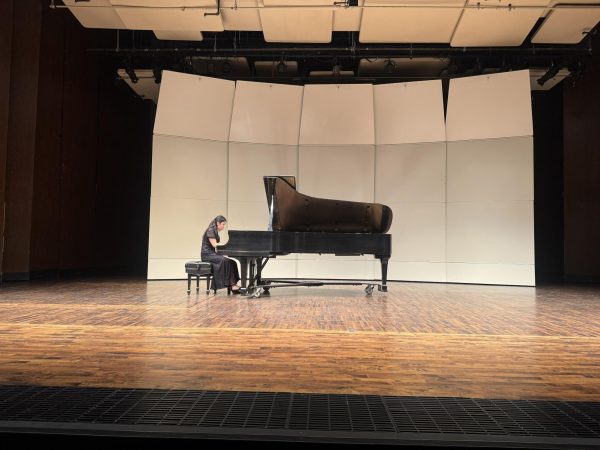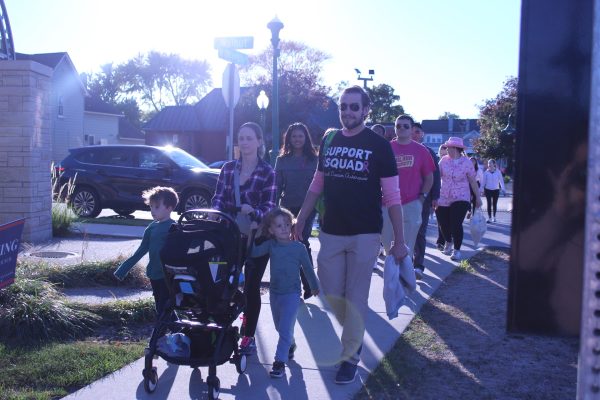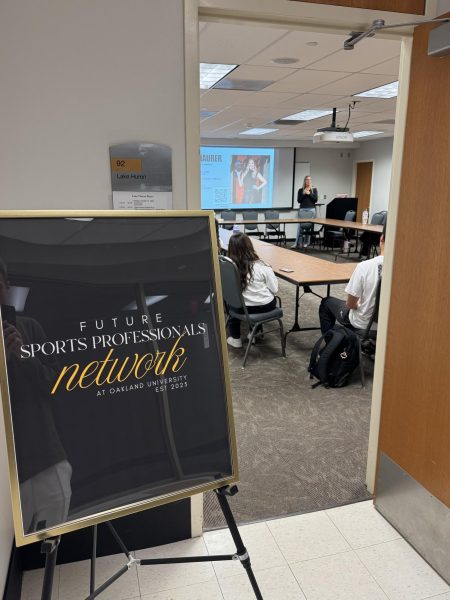Housing uses new equipment, methods for COVID-19 safety
Oakland University has been taking major strides with the intense cleaning of the housing facilities and preparing for social distancing.
Kevin McDougall, Oakland University’s assistant director for residential facilities, and all members of the housing department have been working since spring to make sure the physical spaces and residential processes are as safe and pandemic-proofed as possible.
“My immediate supervisors and I worked all through COVID,” McDougall said. “We haven’t had a day off since March.”
Residence halls have been disinfected, communal bathrooms have been reduced to 50% usage because of the reduction of students per dorm, dining halls have a limited number of seats for social distancing and common area seats have been reduced and spaced out for social distancing.
The economics of it all were the main challenge for McDougall. There were budget constraints, so trying to pay for everything presented some challenges.
Staff was limited, so getting everything cleaned with a minimal overtime and extra expenses added to those challenges.
McDougall explained that a Clorox 360 machine, that electrostatically cleans, was purchased to combat an area that is COVID positive.
They are also following both the EPA and CDC guidelines for chemicals that are approved. The system uses a specific disinfectant.
The Clorox 360 is a system that helps to reduce pathogens. The system is effective and cost efficient. It uses 65% less solution, works 75% faster and covers 18,000 square feet per hour.
Even though Clorox is in the name, there’s zero bleach in the chemicals that are used in the machine itself. McDougall said the 360 makes the disinfecting and cleaning process quicker.
“With the Clorox 360, we could do an entire lounge area in the matter of 5 minutes,” McDougall said.
Custodians will have to clean touch points and sign off to prove that they were done, according to McDougall. These touch points are areas that are frequently touched including light switches, and door handles to restrooms.
“We use all approved chemicals that actually take care of the COVID-19 virus,” McDougall said.
The e-maintenance system makes it easy to log the work and keep track of the rooms and anything that has been cleaned.
The system is used to help students get in contact with the skilled trades if there are any repairs needed in housing.
McDougall continuously read up on new approaches to take, when it came to preparation for the new school year.
Residence hall room occupancy has been reduced to one person instead of two. Move in will be staggered by floor, over five days, to adhere to social distancing. This is different from years prior where move in for one building would be on a specific day that week.
More changes were required in Hamlin Hall because the rooms are suites. The rooms on the end house three people — but to comply with social distancing — one bed has been pulled leaving room for there to be space in-between the remaining two beds.
Move-in begins August 28, 2020, and every resident has a specific move-in date for social distancing. Masks are to be worn at move-in and students also have to get tested for COVID-19 prior to move in.
The Ann V. Nicholson and George T. Matthews student apartments will be treated family style because of the shared common spaces, so the number of students living there has not been reduced.
Senior Dana Cogshell will be moving into the apartments, and has a fear that not many are taking the pandemic seriously.
“I am concerned about any shared spaces; because not everyone is taking the same precautions to stay safe,” Cogshell said.
When it comes to changes and efforts, McDougall takes everything personal.
“When we are done, it will be as if I or my children were moving in,” McDougall said. “That’s how I treat all the rooms; as if it were me going in. I take everything personal and pride in how well we do here in housing.”







